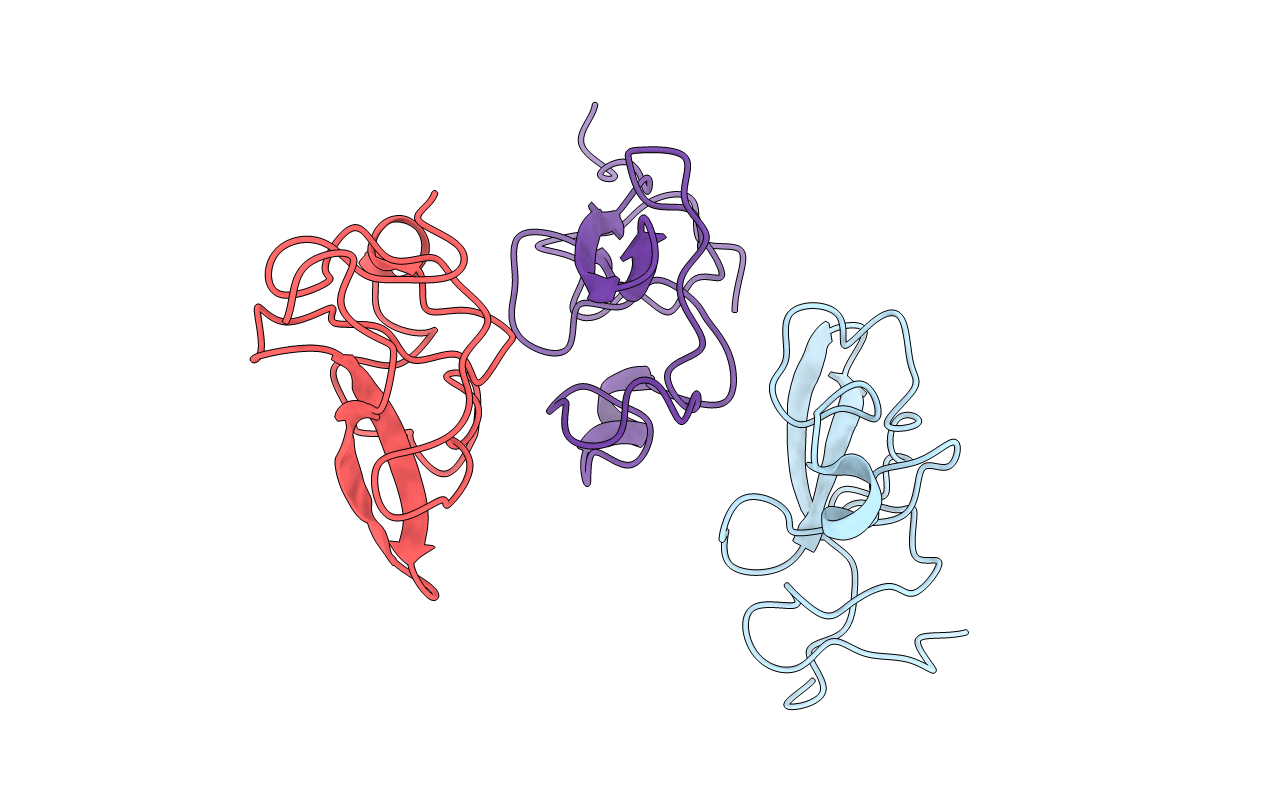
Deposition Date
1991-09-24
Release Date
1992-07-15
Last Version Date
2024-10-30
Entry Detail
PDB ID:
1TPK
Keywords:
Title:
CRYSTAL STRUCTURE OF THE KRINGLE-2 DOMAIN OF TISSUE PLASMINOGEN ACTIVATOR AT 2.4-ANGSTROMS RESOLUTION
Biological Source:
Source Organism:
Homo sapiens (Taxon ID: 9606)
Method Details:


